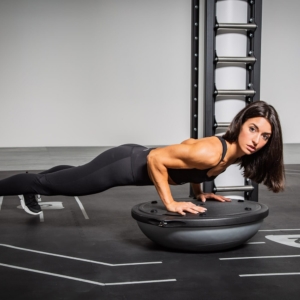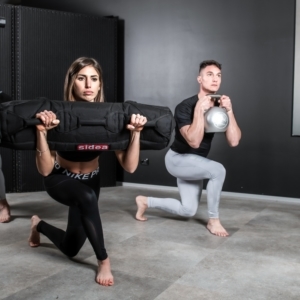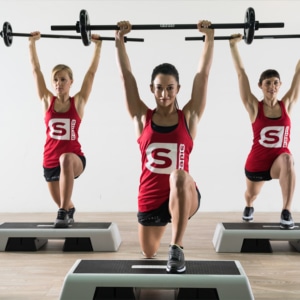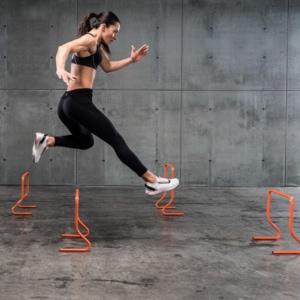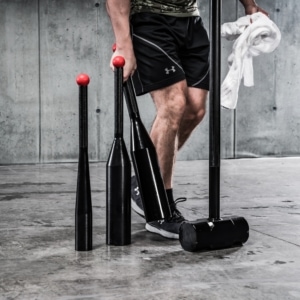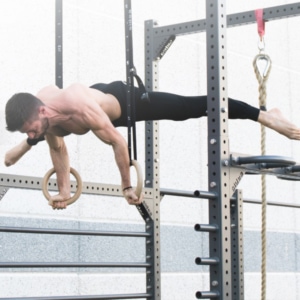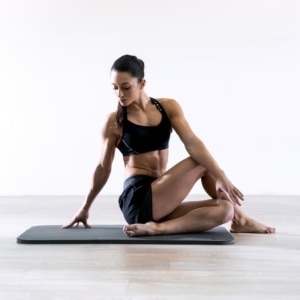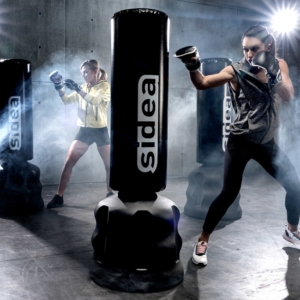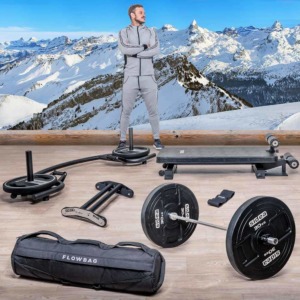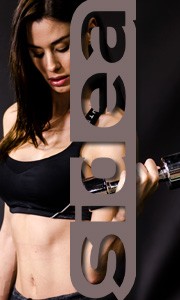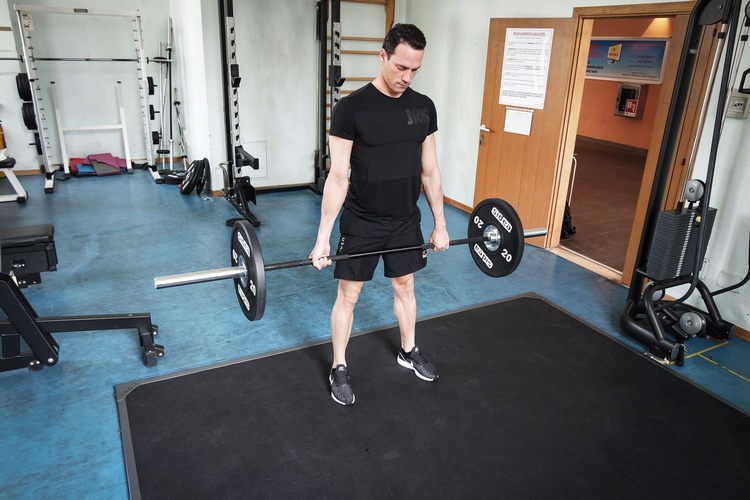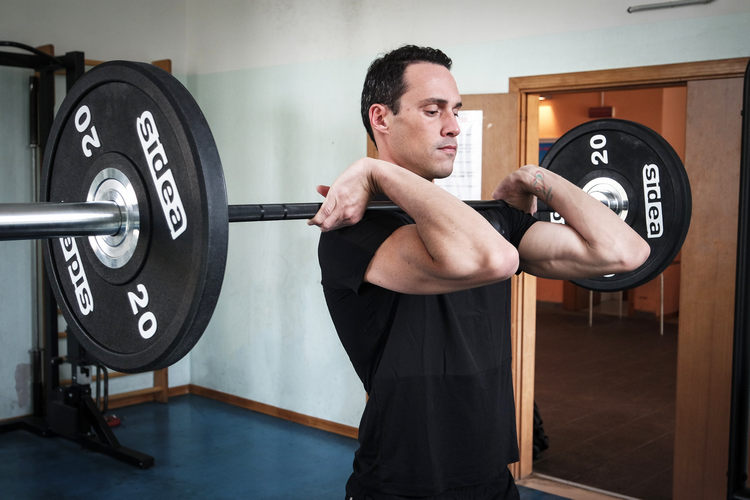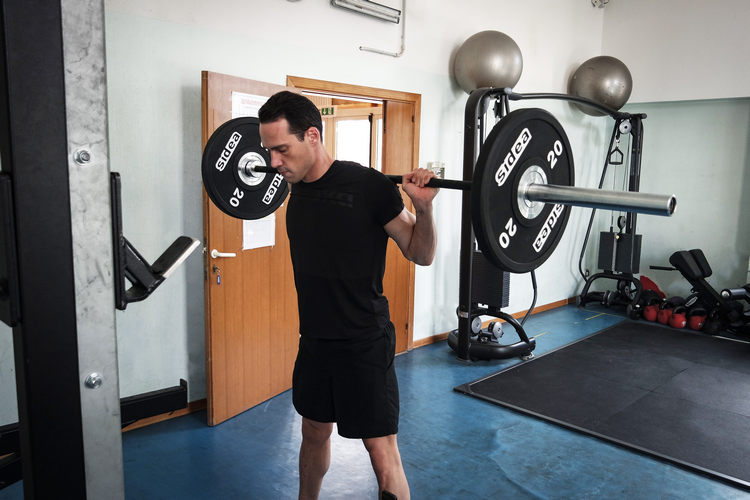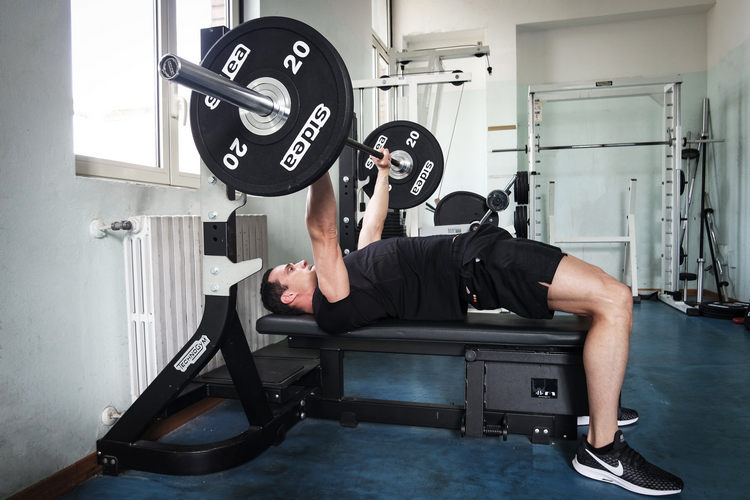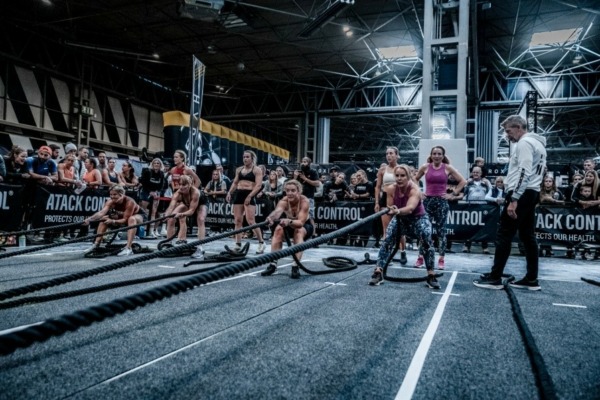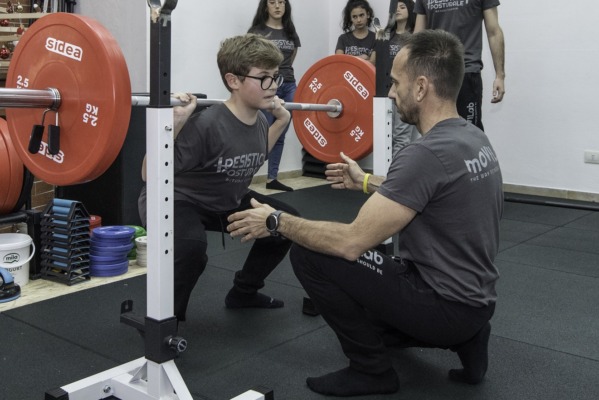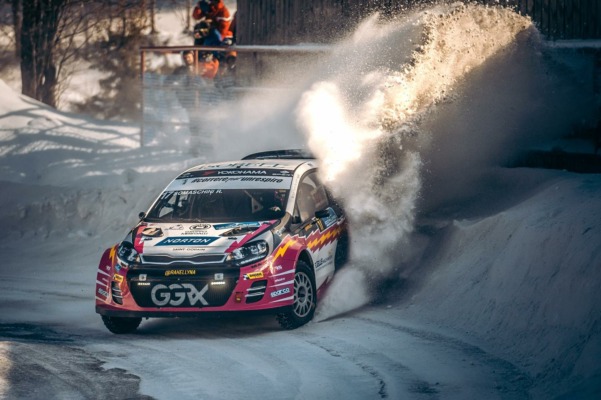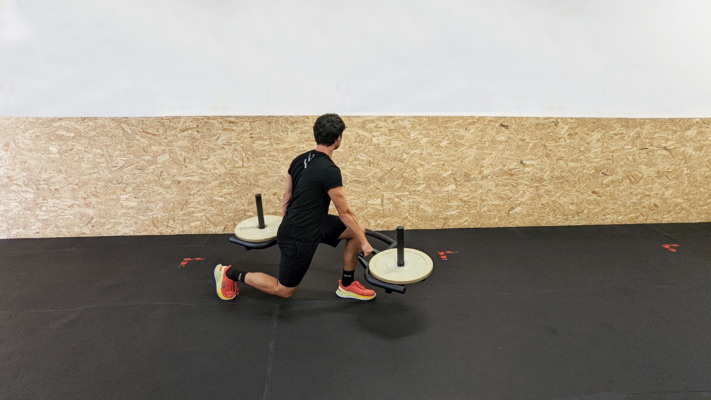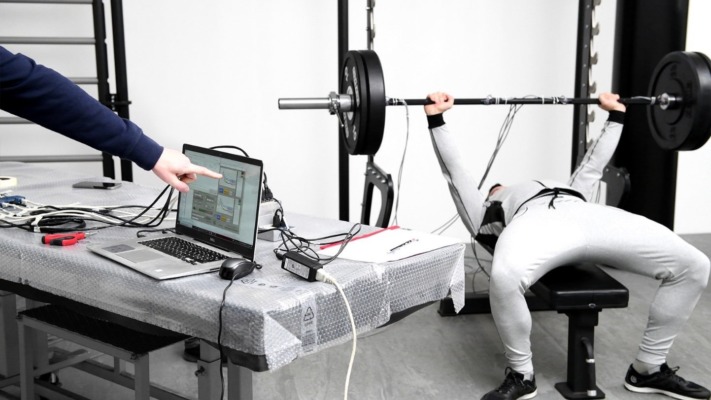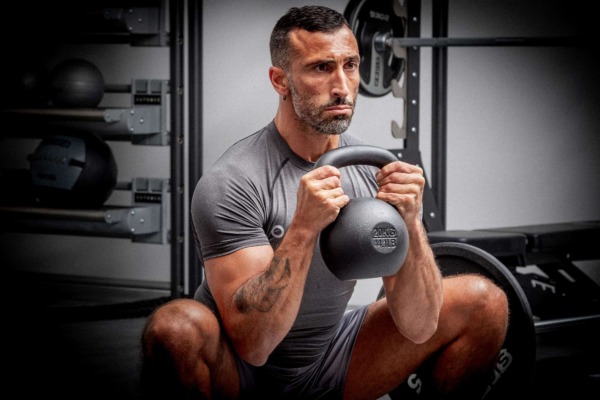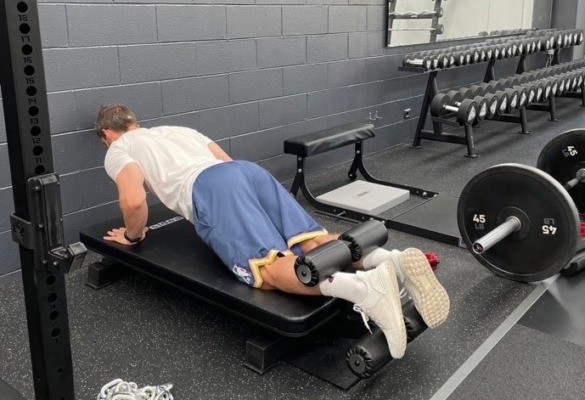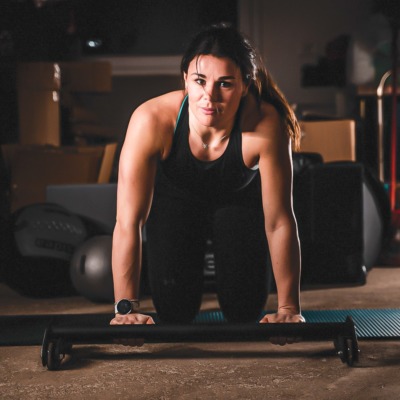🇮🇹 Leggi in italiano
Goggles, costume, cap and a pool full of water to cross back and forth as fast as possible. The ‘swimmer kit’ may seem to include only these simple items, but especially in recent years agonistic swimming is more and more connected to an important part of preparation performed outside the water, where it is possible to considerably increase the work loads and therefore to maximize the athletic performance. “Especially for the sprinters, the ‘dry’ training in the gym is essential – has told us Fabio Scozzoli, one of the best European athletes for what concerns breaststroke swimming on 50m and 100m distances – In the latest years weightlifting and functional training are making possible huge improvements in swimming preparation, and the results of this change are already felt”.
An increasingly “dry” preparation
Speed, stamina, strength and power: depending on the different styles and distances, swimming can involve physical qualities of every kind, and for this reason it requires the highest attention to physical preparation in order to be able to express the full potential and to avoid injuries. The swimming pool of Imola, where Scozzoli trains every day, is equipped with tools like barbells, kettlebells, benches and functional structures, that only few years ago could seem to have nothing to do with water sports, but that nowadays are absolutely essential for the athletic preparation of champions like Fabio but also of the many talents that are starting to approach competitive swimming.
“Personally, I started to include ‘true’ weightlifting and functional training in my preparation only 4-5 years ago – Scozzoli told us –. Before that, I used to train anyway in the gym, but mostly through bodyweight exercises or using elastics. I almost did not touch weights at all. Now I make an average of three very intense training sessions a week, always followed by a work of transformation of the strength in the pool, using a parachute or elastics while swimming, or by speed and power exercises”.
This trend in swimming athletic preparation can have different features depending on the different swimming styles or on the distance to be covered: “Certainly a long distances athlete, like Gregorio Paltrinieri who swim the 1.500m competition, should have a different preparation compared to me, reducing the work loads and the number of sessions in the gym and training much more in the water, but in most of the cases the objective of the ‘dry’ training programs is to reach a generic physical preparation of the athlete. Obviously there can be specific differences due to the swimming styles: a backstroke swimmer should focus more on the posterior muscle chain, while a butterfly stroke or breaststroke swimmer should work more on the anterior one, but it’s essential to reach a balance in both ways so as not to incur in injuries, especially when working with heavy loads”.
Scozzoli’s preparation and upcoming challenges
The athletic preparation varies also while approaching the next competition: “Usually I work on the strength through exercises on the bench with the barbell, dumbbell press, weighted pull-ups, deadlifts and squats, and for what concerns power I do functional training sessions with medical balls, kettlebells and other tools. The more time is left to the competition, the higher are the work loads, but when I’m approaching to a race, I reduce more and more the loads, working in particular on maintaining the strength and on its transformation in power”.
After having arrived 4th in London 2012 and not having qualified to Rio 2016, the long-term objective for Scozzoli is certainly to get ready for the next Olympic Games: “I’m working very hard to for Tokyo 2020: having another opportunity to race for an Olympic medal would mean very much to me. My main specialty is the 50m breaststroke, which unluckily is not an Olympic distance, but I’m working to improve and to do my best also in the 100m”.
About Fabio Scozzoli
Born in Lugo in 1988, Fabio Scozzoli started swimming thanks to his older sister, who already used to go to the pool before him: after a first failed attempt to bring him to the pool when he was 6 years old, one year later Fabio found his own dimension in the water and, in particular, in the breaststroke style. In 2010 he got his first international title, winning the European Championships and arriving second one year after in the World Championships. In 2012 he reached the Olympic finals in the 100m breaststroke in London and, in the same year, he won the gold medal at the World Championships. In 2013 he set his first European record, but then he suffered a serious knee injury (anterior cruciate ligament and meniscus tear), from which he managed to completely recover only in 2016 (when he obtained a bronze in the Short Course World Championships in Canada). Since then, Scozzoli went on reaching good results at the highest levels: another victory in the 2017 European Championships and a second place in the Short Course Europeans in 2018, with the target set on 2019 World Championships in South Korea and, most of all, in Tokyo 2020 Olympic Games.


